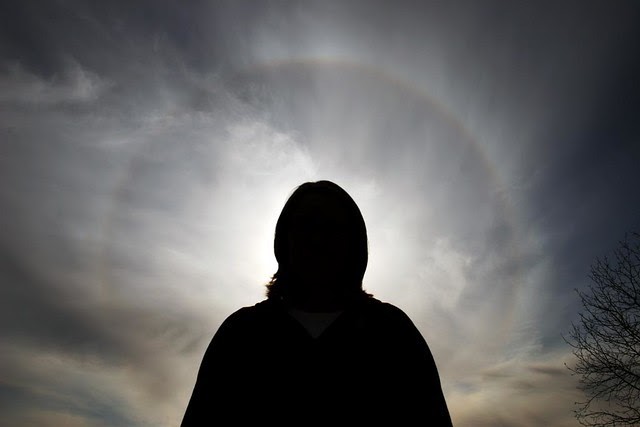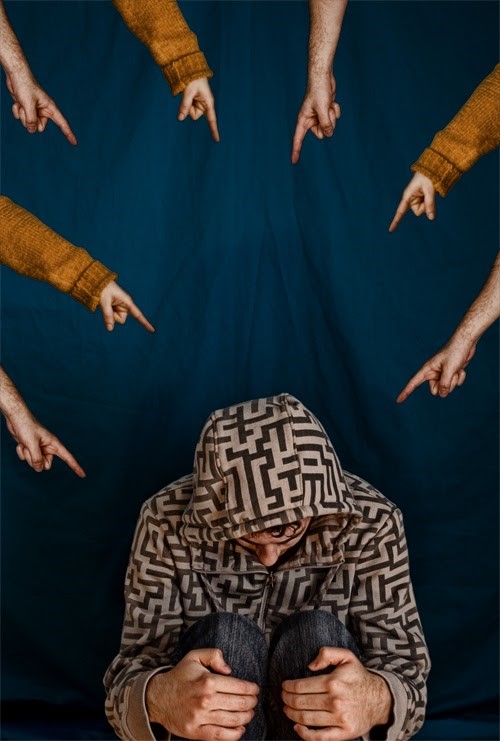Author: JC

-

Creating Aura
in
To give in to their alibi, the participant must be credible in their role. Building an aura is a conscious and explicit process that supports this.
-

It Wasn’t Me
in
“It’s not me, it’s my character.” Definitions of alibi, the ways in which it is emancipating, and the situations when alibi is not enough.